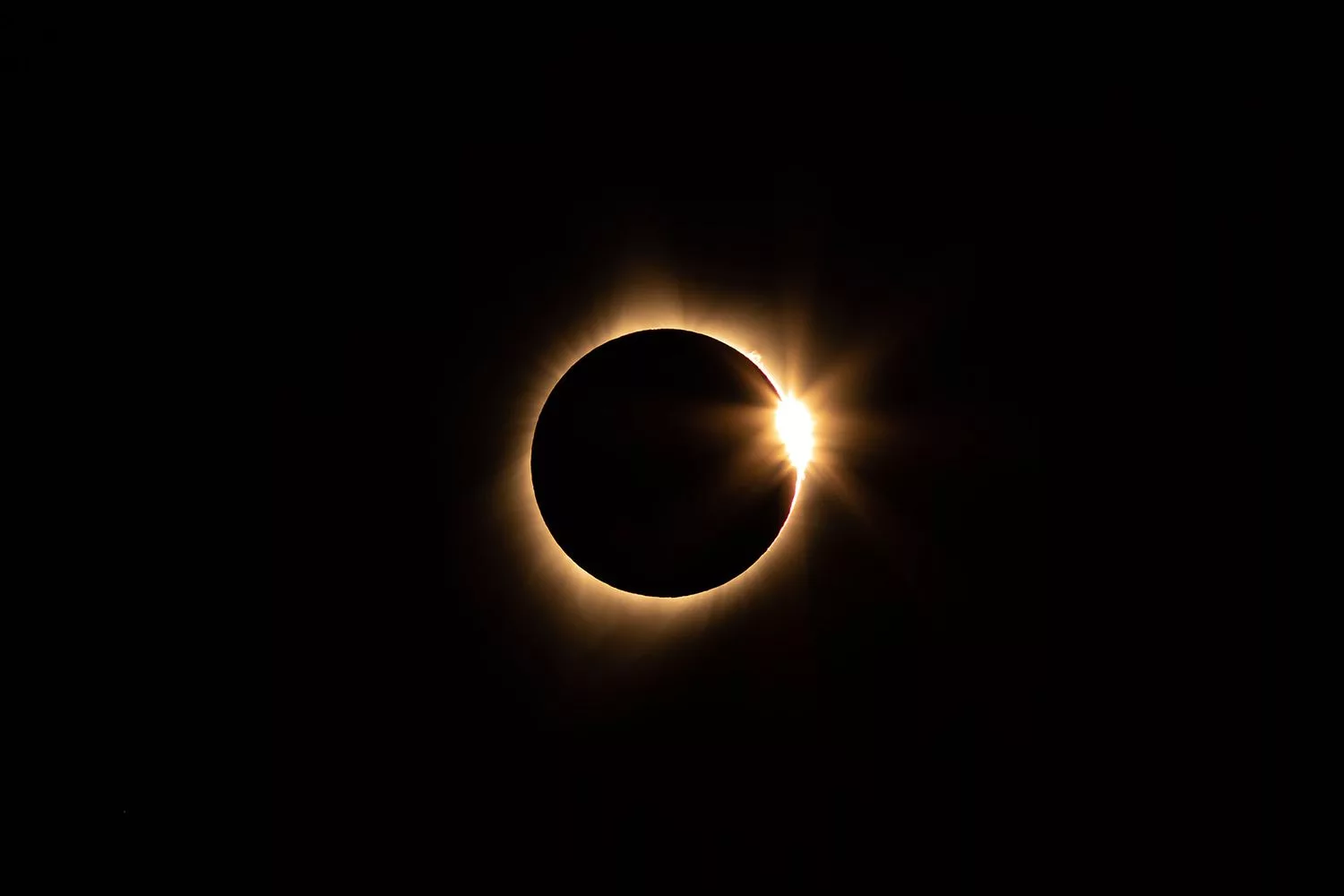The celestial spectacle of a total solar eclipse is a phenomenon that has captivated humanity throughout the ages, serving as a profound reminder of the cosmos’s majesty and our place within it. The upcoming total solar eclipse on April 8, 2024, is set to be a particularly momentous event, offering viewers across North America a unique opportunity to witness day turn into night as the Moon passes directly between the Earth and the Sun. This article delves into the path of the 2024 eclipse, highlighting its significance and providing essential insights for those eager to experience this awe-inspiring event.
The Path of Totality
The path of the 2024 total solar eclipse will traverse a vast swath of North America, from Mexico through the United States and into Canada, marking a line of totality approximately 115 miles wide. The eclipse will commence in the Pacific Ocean, making its first landfall in Mexico, in the state of Sinaloa, before moving northeast across the United States, passing through states such as Texas, Oklahoma, Arkansas, Missouri, Illinois, Kentucky, Indiana, Ohio, Pennsylvania, New York, and finally, parts of New England. The path will conclude in the Atlantic Ocean, off the coast of Newfoundland, Canada.
For observers located within this path of totality, an extraordinary experience awaits. As the Moon obscures the Sun completely, the daylight will fade to an eerie twilight, the temperature will drop noticeably, and the stars will become visible in what is normally the daytime sky. One of the most breathtaking sights will be the Sun’s corona, the outer atmosphere, which is usually hidden by the Sun’s bright light but will become visible as a glowing ring surrounding the dark silhouette of the Moon.
Significance of the 2024 Eclipse
The 2024 total solar eclipse is significant for several reasons. Firstly, total solar eclipses are relatively rare events at any given location. The last time a total solar eclipse crossed North America was in 2017, and after 2024, the next won’t occur until 2044. Additionally, the 2024 eclipse will offer a longer duration of totality compared to the 2017 eclipse, with some locations experiencing darkness for up to 4 minutes and 28 seconds, providing an extended opportunity to observe the Sun’s corona and other phenomena such as Baily’s beads and the diamond ring effect.
Preparing for the Eclipse
For those planning to observe the eclipse, preparation is key. Viewing a solar eclipse requires special eye protection to prevent serious eye damage. Solar viewing glasses or viewers must meet international safety standards to ensure they are safe for directly observing the Sun. Additionally, given the expected influx of visitors to the path of totality, early planning for travel and accommodations is advisable.
Many communities within the path of totality are already preparing for the event, with festivals, viewing parties, and educational programs being organized to celebrate this celestial phenomenon. For astronomy enthusiasts and the public alike, the 2024 total solar eclipse presents an unparalleled opportunity for scientific observation, photography, and simply marveling at one of nature’s most incredible displays.
In conclusion, the 2024 total solar eclipse promises to be a memorable event for all those fortunate enough to find themselves under the path of totality. As the countdown to April 8, 2024, continues, anticipation grows for what is sure to be an unforgettable experience, a testament to the enduring allure of the cosmos and the wonders it holds.










